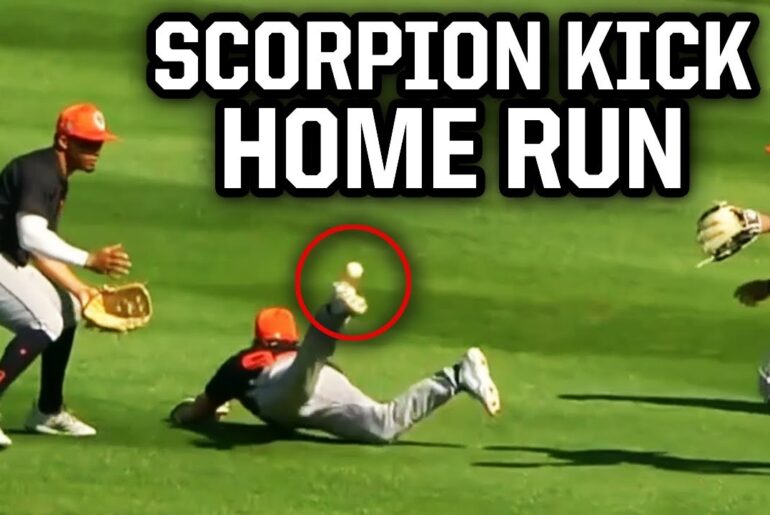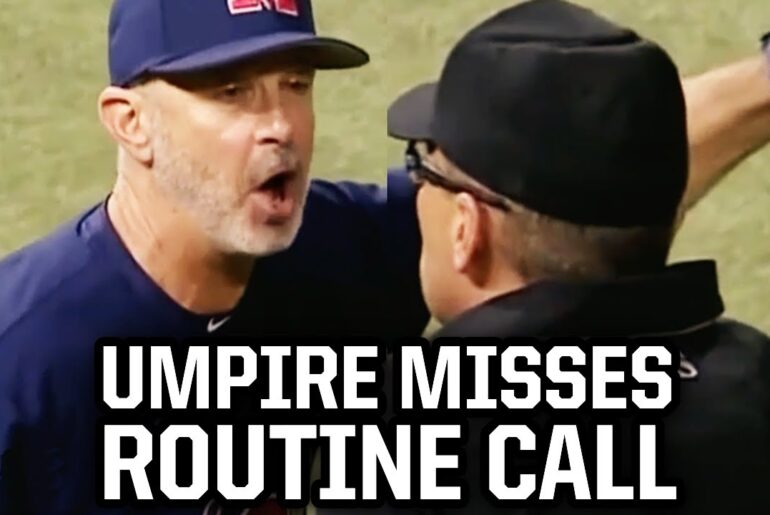On opening day, we witnessed numerous pitch clock violations that caught the attention of players, fans, and umpires alike. While it was expected that such violations would occur during the initial stages, what surprised everyone was the occurrence of a base runner violation. This incident took place during the Mets game, specifically involving McNeil and Alonso. Let’s delve into the details of this violation and its implications for the game.
The Mets Game and the Violation
With runners on the corners, the Mets game was in full swing. As McNeil stepped up to the plate, the tension was palpable. A pitch was fouled away into the crowd, and in the chaos, Alonso attempted to advance to second base. However, the ball was still in play, and McNeil, recognizing the situation, pointed out that Alonso had not returned to first base. This delay in base running caught the attention of the umpire, who deemed it a violation.
The Fallout and Confusion
Following the violation, the count went from 0-1 to 0-2, leaving McNeil bewildered. He questioned what he had done wrong, but his teammates made it clear that he was responsible for the violation. Seeking clarity, Buck, the Mets’ manager, approached the umpire to understand the situation. It became evident that the violation was due to Alonso’s failure to return to first base in a timely manner. While the umpire’s decision was in line with the rules, the incident sparked a debate about the spirit of the game and the potential risks involved.
Understanding the Pitch Clock Rules
To comprehend the rationale behind the umpire’s decision, it is essential to familiarize ourselves with the pitch clock rules. The pitch clock should only start when all players are back in their positions. Specifically, the clock commences when the pitcher has the ball and is on the dirt mound. For instance, if a ball is fouled off down the line and fielders run after it, and base runners take off, the clock for the next pitch will not start until everyone has returned to their position.
Impact on the Game
The violation had repercussions for McNeil, who now found himself in a challenging position with an 0-2 count. Despite the setback, he managed to put the next pitch on the ground, driving in a run. This turn of events brought joy to Alonso and the team, resulting in a big smile. McNeil even shared a comparison with a similar hit from the previous year, highlighting the different outcomes based on defensive positioning. This incident exemplified the unpredictable nature of baseball in 2023.
Looking Ahead: The Future of the Game
While violations and controversies surrounding pitch clocks are inevitable during the initial phases of implementation, it is hoped that they will eventually fade away. As players and umpires become accustomed to the speed, tempo, and pace of the game, the violations should diminish. It is essential for the sport to strike a balance between maintaining the flow of the game and adhering to the rules.
Conclusion
The base runner violation observed during the Mets game shed light on the challenges and intricacies of implementing pitch clocks in baseball. As the season progresses, we can expect more peculiar incidents and unexpected outcomes. With the support of sponsors like DraftKings, who are dedicated to the sport’s growth, we can eagerly anticipate the unfolding of the season and the resolution of these unique situations. Let us embrace the evolving nature of baseball in 2023, hoping that the violations will fade away, and the game can flourish with its renewed tempo and spirit.



